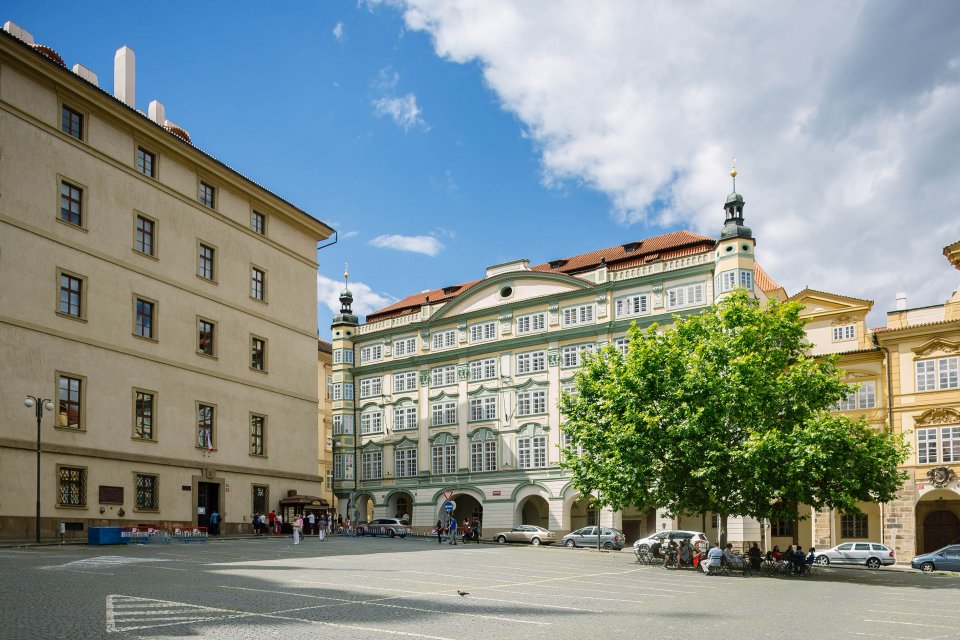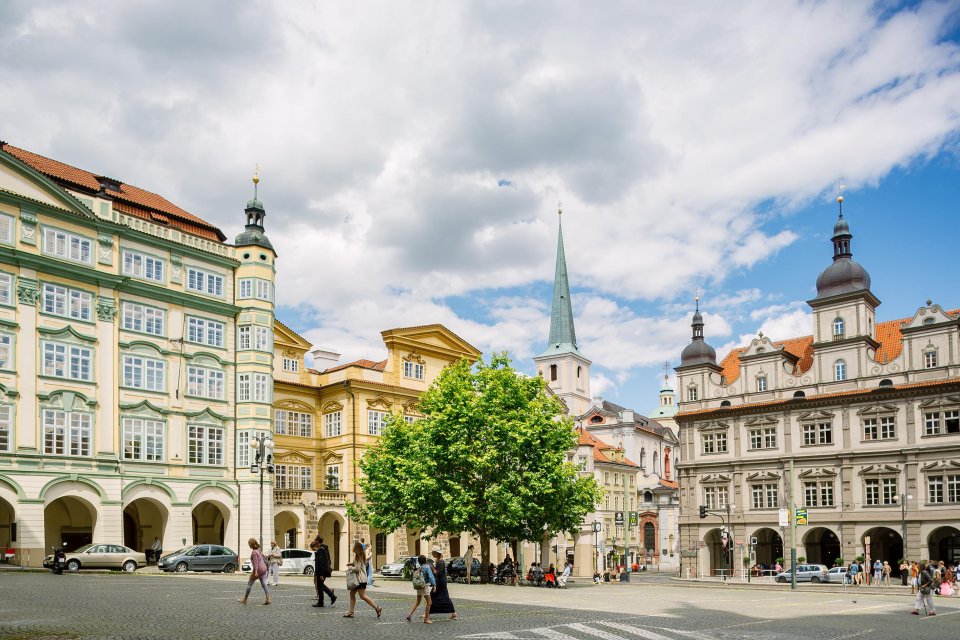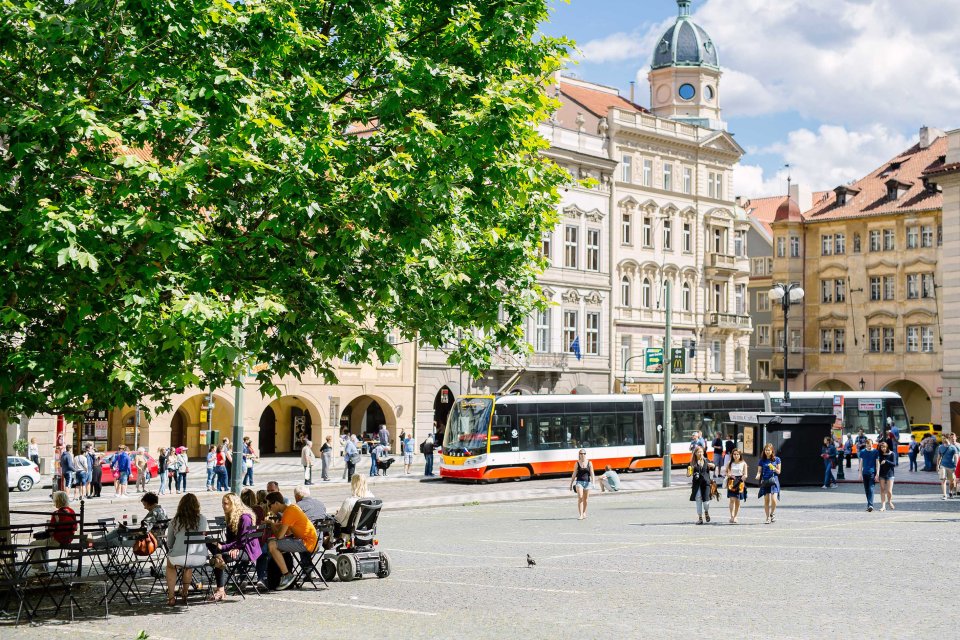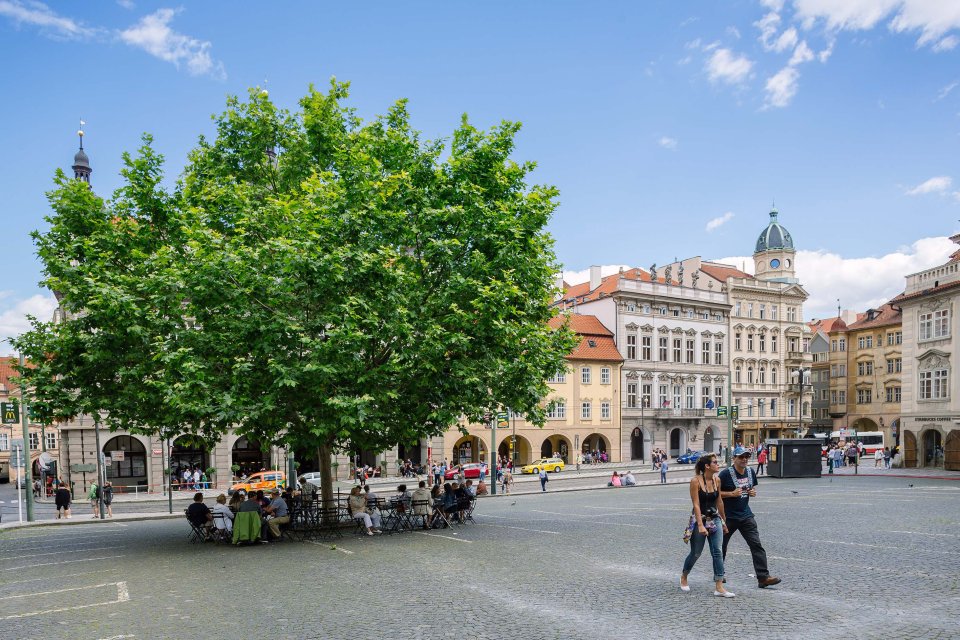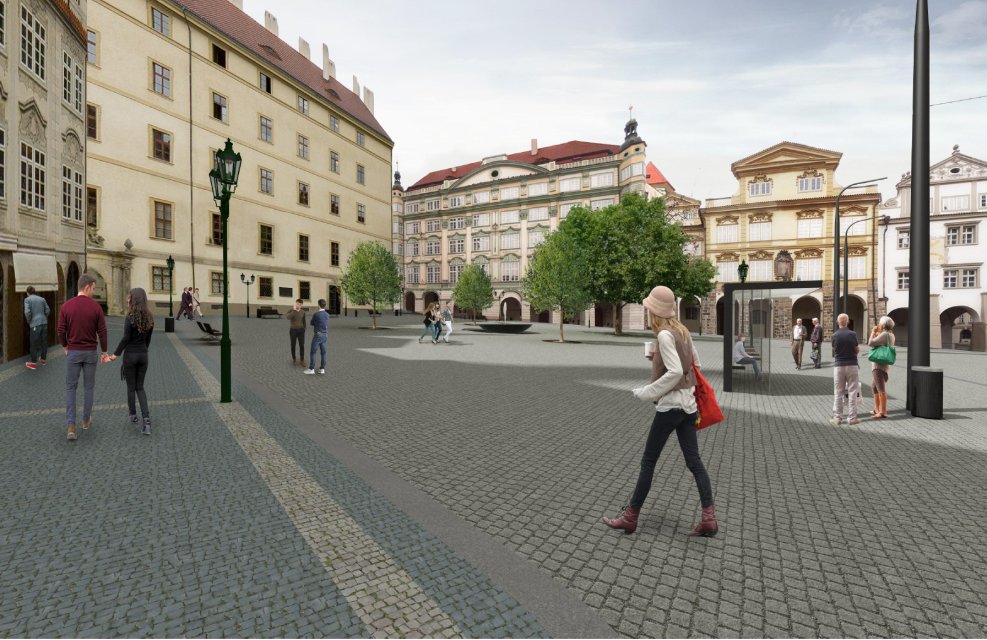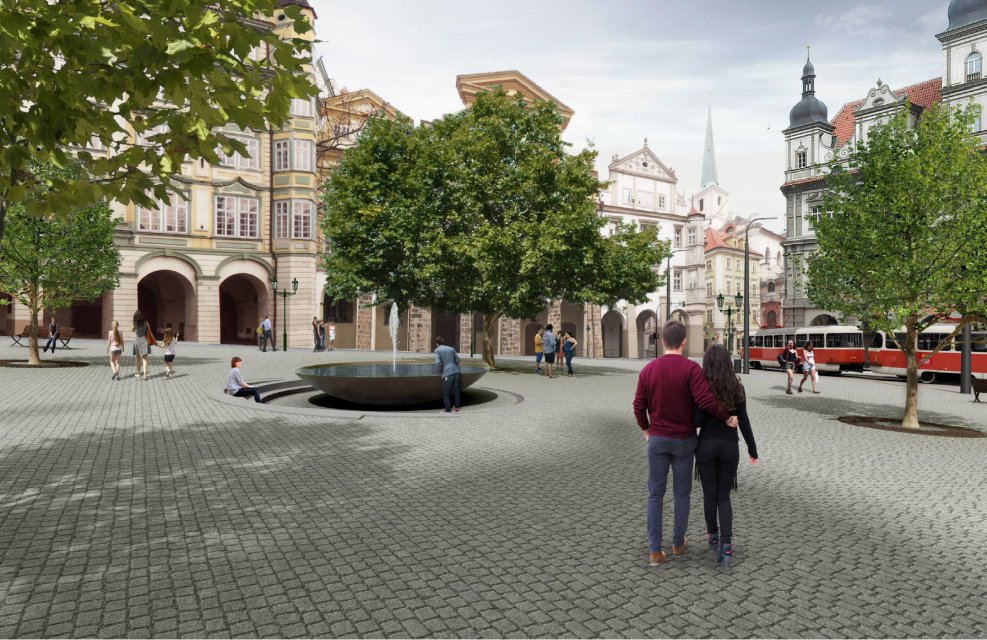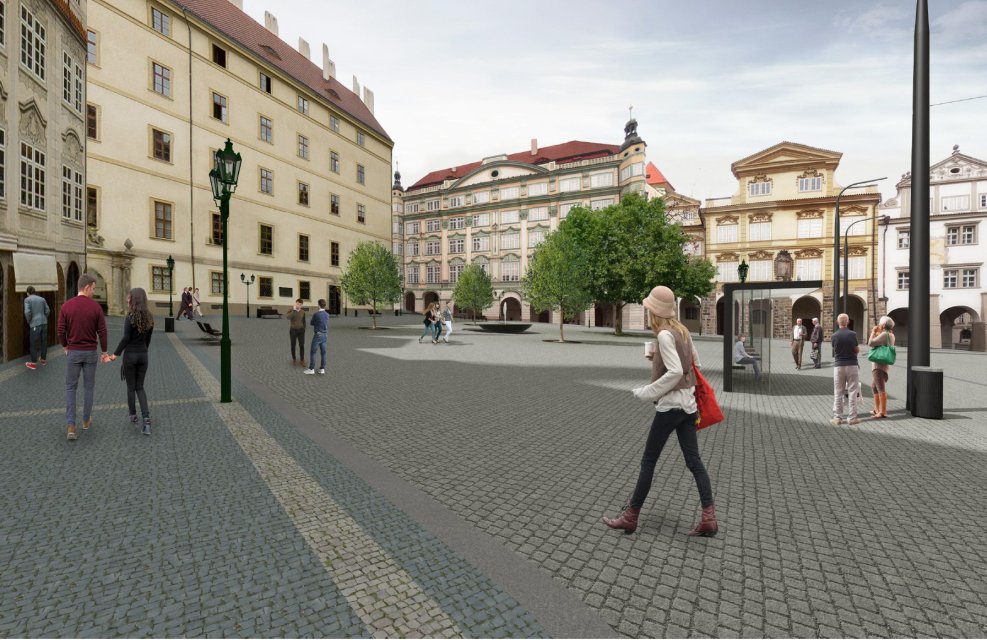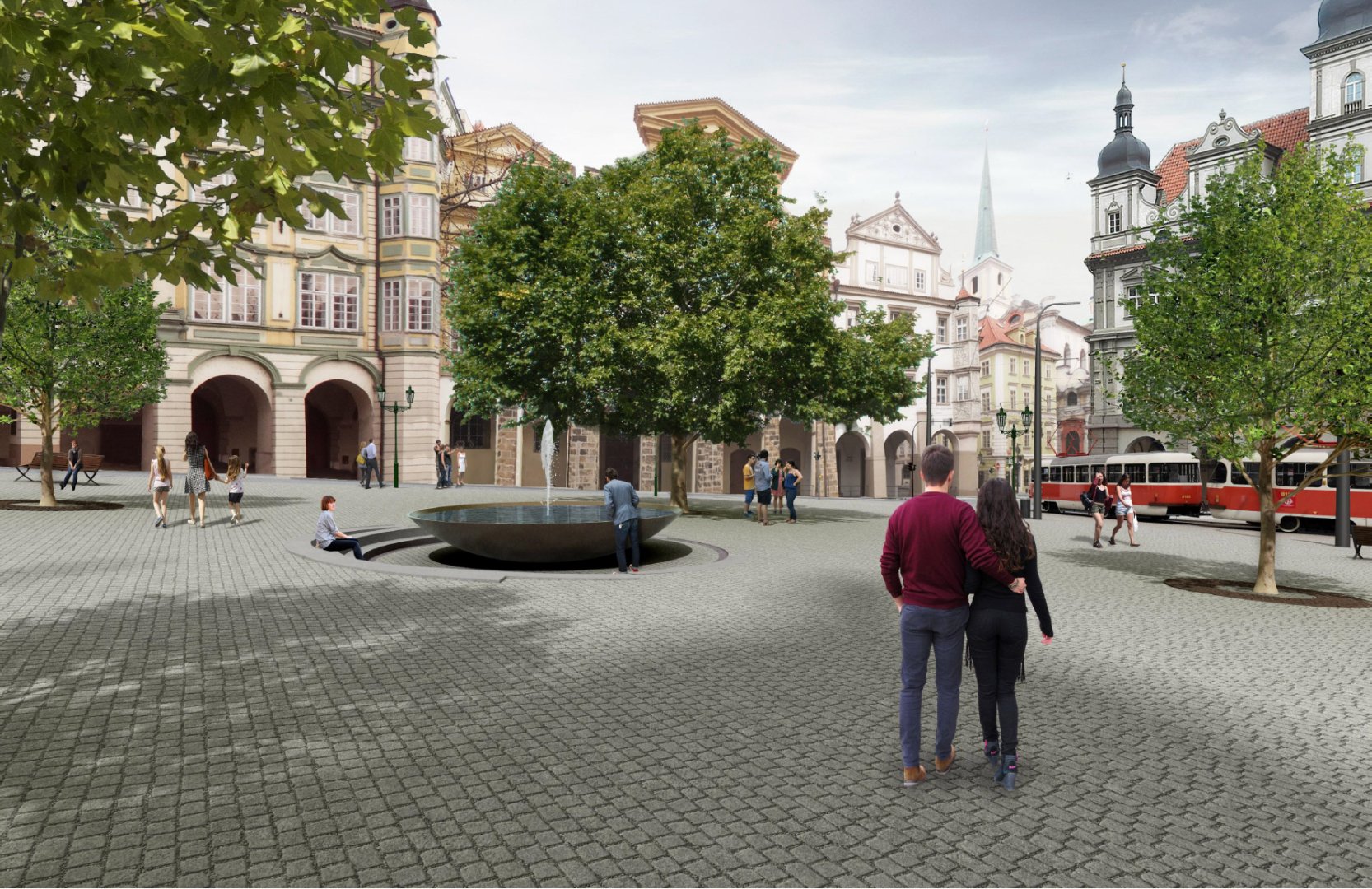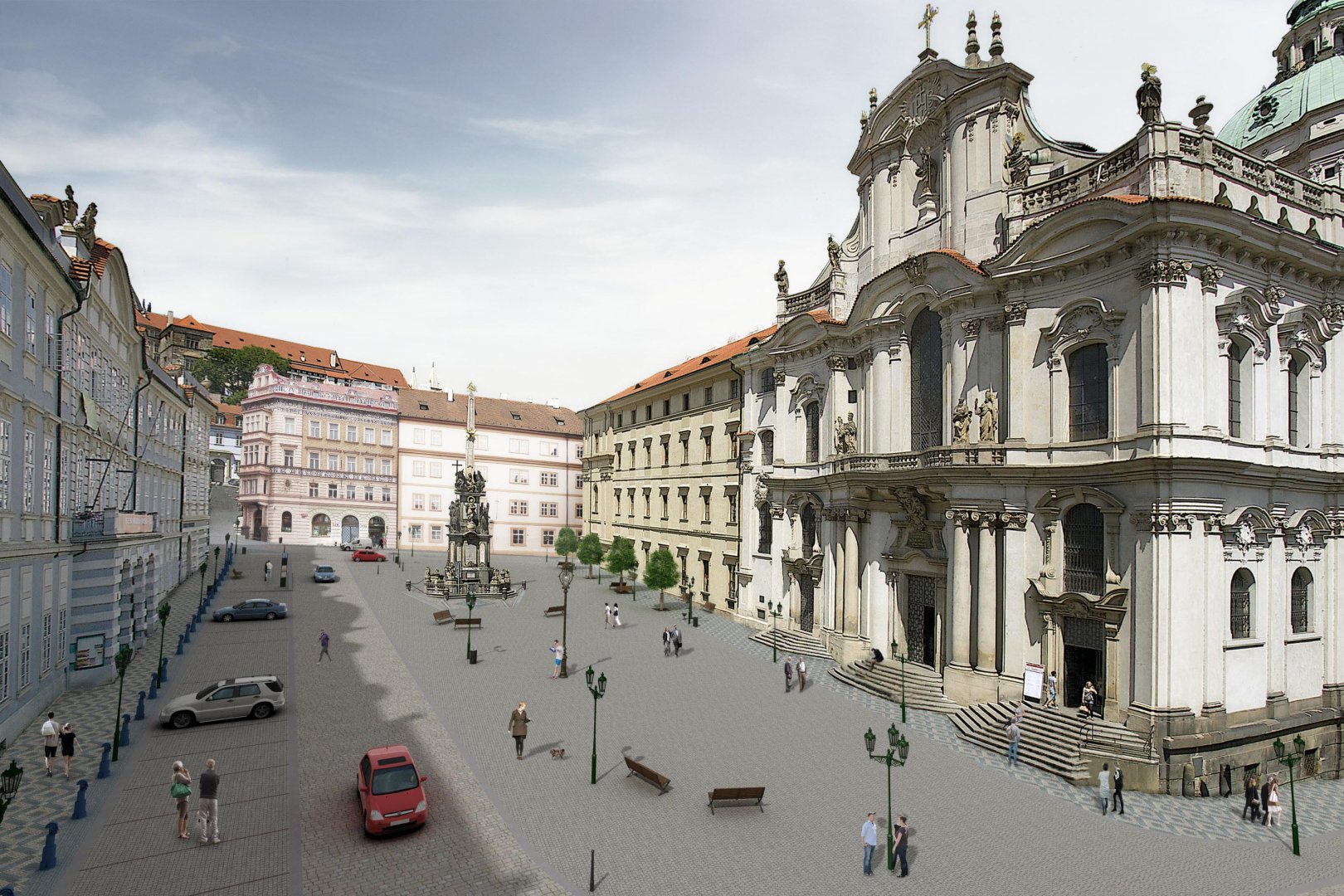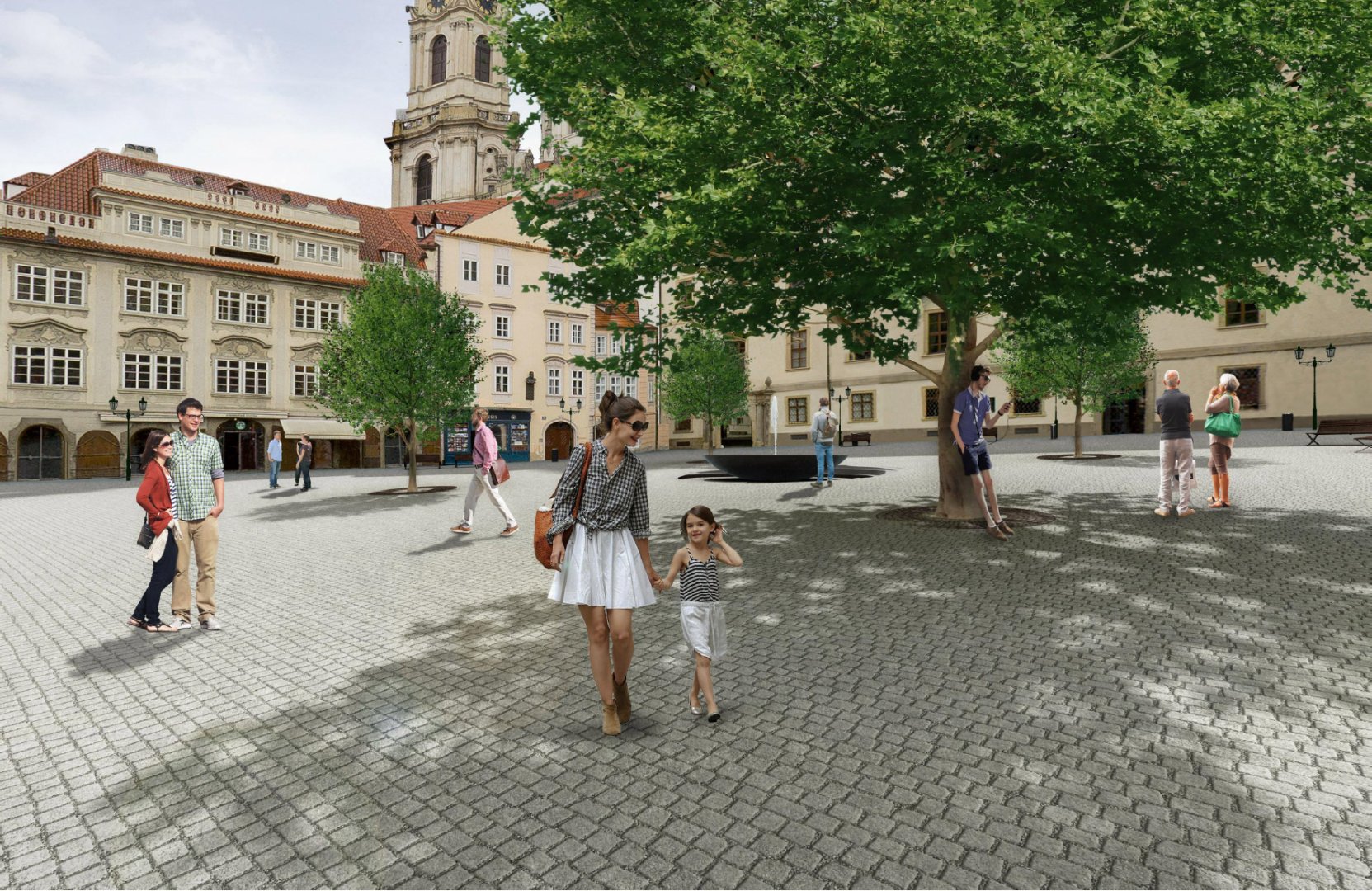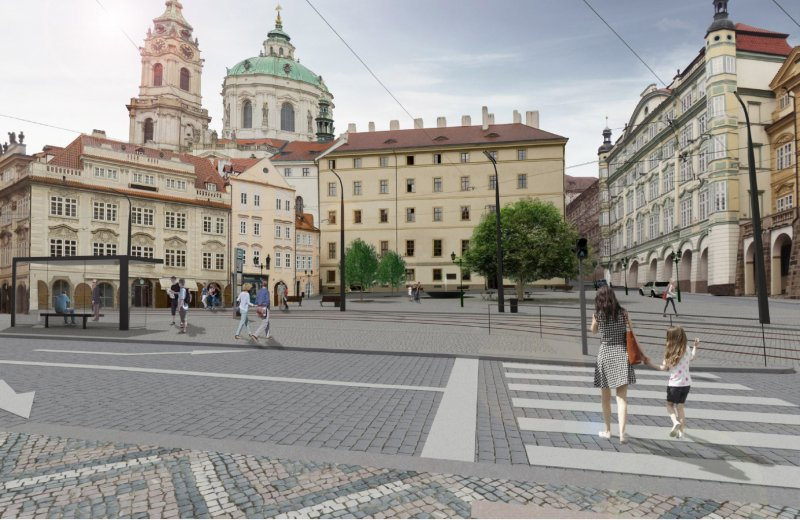Schedule
Commencement: 2014 – we announced the competition
Course
- 2015 – the winning team completes the study
- 2017 – we enter into a contract for the completion of all project documentation stages
- 2017 to 2018 - two archeological probes performed in the upper part of the square
- 2018 - the paving of the tram route repaired according to the study design, a combined zoning decision and building permit issued
- 2019 - the combined zoning decision and building permit comes into force
- 2019 - the documentation used to select the supplier is completed
- 2020 - we chose the supplier
- 2021 - construction work begins, and will last about 10 months
Completion: 2021
How much will it cost?
CZK 95m
Who will do the work?
Ateliér Hájek
The role of IPR Prague
The organizer of the competition and the creator of the competition conditions
Form
An open, ideological, urban-architectural, public, anonymous, single-round competition
contact details
If you have any queries: Ing. arch. Zuzana Rákosníková, 236004599, rakosnikova@ipr.praha.eu, guarantor
For the media: Mgr. Marek Vácha, vacha@ipr.praha.eu, 723 444 291, press spokesperson


